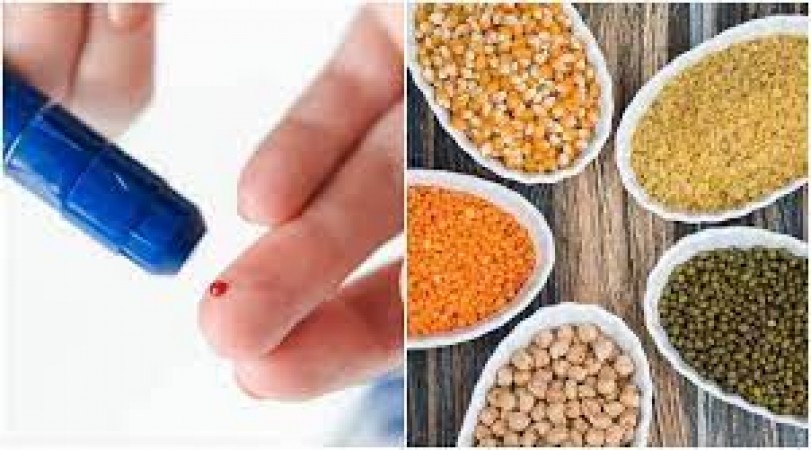
In your quest for a balanced diet while managing diabetes, it's crucial to discern which pulses can be your allies and which ones may not be your best friends. Let's dive into the expert insights on pulses and diabetes.
Before delving into specific pulses, it's essential to comprehend the concept of Glycemic Index (GI). GI ranks foods on a scale of 0 to 100, based on how they affect blood sugar levels. Low GI foods (GI < 55) cause a slower and smaller rise in blood sugar, making them favorable for diabetics.
Chickpeas, also known as garbanzo beans, are a powerhouse of fiber and protein. They have a low GI, which helps stabilize blood sugar levels. Chickpeas are versatile and can be used in soups, salads, and curries.
Lentils are a diabetes-friendly choice due to their low GI and high fiber content. They come in various varieties, such as brown, green, and red. Lentils can be included in soups, stews, and side dishes.
Black beans are not only rich in fiber but also loaded with antioxidants. They have a moderate GI and can be part of your diabetic diet in salads, burritos, or as a side dish.
Kidney beans are another great choice with a low GI. They can be used in chili, casseroles, or bean salads.
Split peas have a very low GI, making them an excellent addition to your meals. They are commonly used in soups, and their fiber content aids in blood sugar management.
Broad beans have a high GI, and their consumption can lead to rapid spikes in blood sugar levels. They are best consumed in moderation.
Pigeon peas, while not extremely high in GI, should still be eaten in moderation, especially if you're looking to manage blood sugar effectively.
While low-GI pulses are generally favorable for diabetics, it's essential to balance your overall diet. Portion control and meal planning are key. Combine pulses with other low-GI foods like vegetables, lean protein, and whole grains to create balanced, nutritious meals.
Every individual's response to food can vary, so it's advisable to consult with a registered dietitian or a healthcare professional. They can help tailor a meal plan that suits your specific needs and preferences. In your journey to manage diabetes, pulses can be your allies, provided you choose those with a low GI. Chickpeas, lentils, black beans, kidney beans, and split peas are your go-to options. However, exercise caution with high-GI pulses like broad beans and pigeon peas. Ultimately, a well-balanced diet, along with professional guidance, can be your best strategy in keeping blood sugar levels in check.
A Masterpiece That Transcends Time with Anay and Abhishek's Tale
DMRC's WhatsApp Ticket Booking: Seamless Travel on Delhi's Metro Lines
These are the most famous national parks of India, their beauty makes one crazy